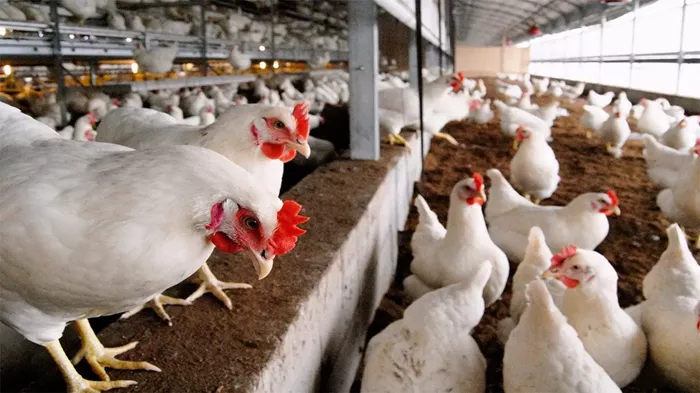The Centers for Disease Control and Prevention (CDC) announced Thursday that they have yet to determine how a Missouri patient contracted the bird flu virus, despite the individual having no known contact with poultry or dairy cows.
The patient, who tested positive for the H5N1 bird flu virus, was hospitalized on August 22 but has since recovered. The CDC first reported the case last Friday and is still working to uncover how the individual became infected, as there are no clear indicators linking them to typical sources of transmission.
While the patient displayed symptoms such as chest pain, nausea, vomiting, diarrhea, and weakness, these were not initially linked to influenza, according to Dr. Nirav Shah, the CDC’s principal deputy director. The patient did not require intensive care and was treated with antiviral medication. Health officials believe the hospitalization was likely related to the patient’s underlying medical conditions, though details about these conditions were not disclosed due to privacy concerns.
Since March, there have been 13 reported bird flu infections in poultry and dairy workers across 14 states, but this Missouri case is unique in that the patient had no direct contact with animals. Missouri state health authorities are now conducting further interviews, inquiring about the patient’s surroundings, any wildlife or birds nearby, and food sources such as raw dairy products.
So far, none of the patient’s close contacts have shown signs of illness, and there is no evidence suggesting person-to-person transmission. The CDC has also reported no uptick in flu cases in the region where the patient resides.
“Our investigation is ongoing,” Shah said. “With each passing day, the likelihood of this case being an isolated event increases.”
The CDC continues to monitor the situation but has reassured the public that the risk to the general population remains low. Dr. Demetre Daskalakis, director of the CDC’s National Center for Immunization and Respiratory Diseases, emphasized that they are continuously assessing the risk but view it as minimal at this time.
Although this could be an isolated case, Shah pointed out that such occurrences are not unprecedented. “These one-off infections do happen with novel influenzas,” he said, noting that there have been similar cases of swine flu this year that did not spread beyond the initial patient.
Missouri health officials confirmed that no bird flu infections have been reported in dairy cattle within the state. While there have been cases of bird flu in poultry, backyard flocks, and wild birds, no other human cases have been identified in Missouri.
The CDC is also closely monitoring the H5N1 virus for any changes that might suggest it could spread more easily between humans, but no such mutations have been found so far.
Shah credited Missouri’s influenza surveillance program for detecting the infection early, underscoring the importance of ongoing monitoring efforts in preventing further transmission.
Related articles:
New Hiv-Prevention Injectable Promises High Effectiveness But Faces Cost Challenges


